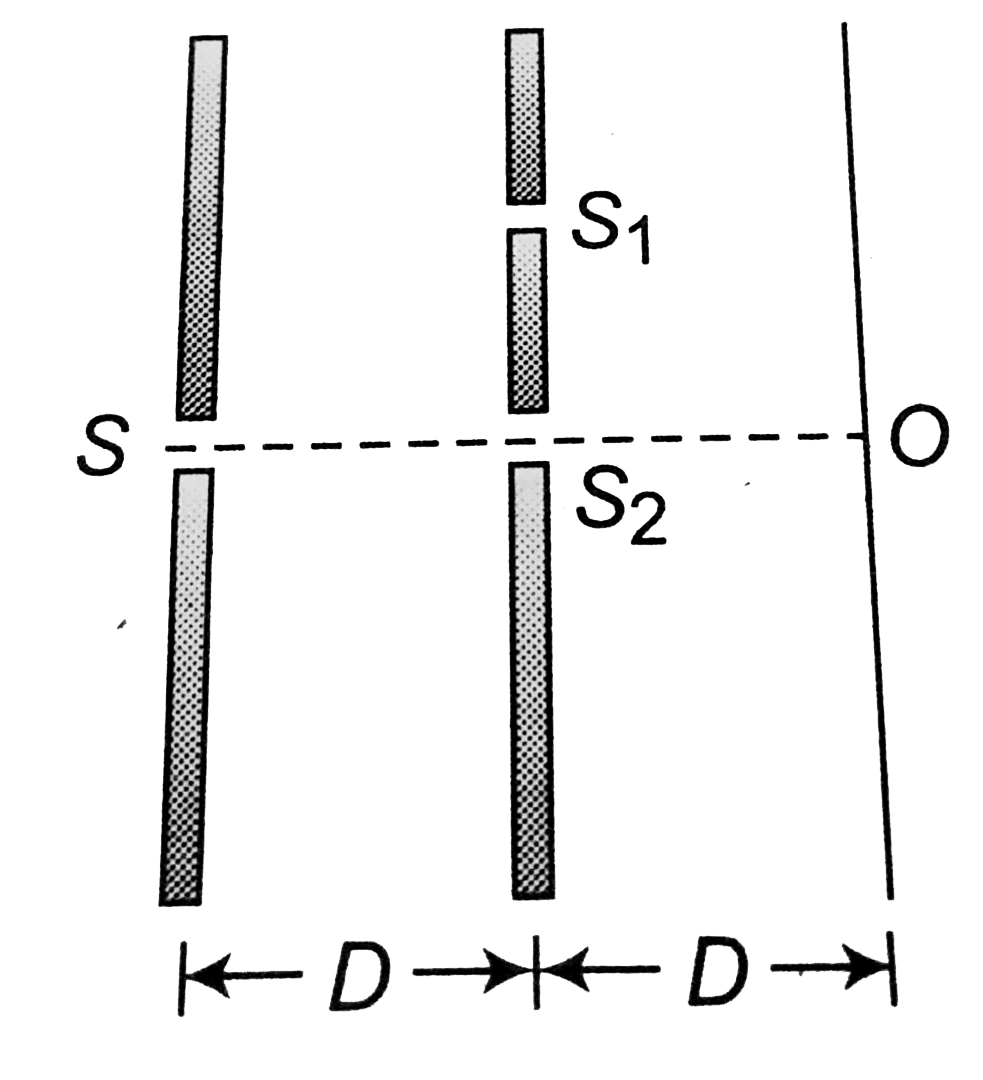A : Y.D.S.E, as the source slit width increases, fringe pattern gets less and less sharp.
R : When the source slit is so wide that the condition sS<λd is not satisfied, the interference pattern is appears.
Both A and R are true and R is the correct explanation of A
Both A and R are true and R is not the correct explanation of A
A is true and R is false
Both A and R are false
The correct Answer is:A
Topper's Solved these Questions
- WAVES OPTICSBOOK - AAKASH SERIESCHAPTER - WAVES OPTICSEXERCISE - EXERCISE -II (INTERFERENCE)
27 Videos
- WAVES OPTICSBOOK - AAKASH SERIESCHAPTER - WAVES OPTICSEXERCISE - EXERCISE -II (DIFFRACTION)
17 Videos
- WAVES OPTICSBOOK - AAKASH SERIESCHAPTER - WAVES OPTICSEXERCISE - EXERCISE -IA (ASCENDING AND DSCENDING ORDER TYPE QUESTIONS)
6 Videos
- WAVESBOOK - AAKASH SERIESCHAPTER - WAVESEXERCISE - EXERCISE-III (Doppler effect :)
15 Videos
Similar Questions
A : For interference fringes to be seen, the condition sS<λd should be satisfied. Where .s. be the size of source slit, S is its distance from plane of two slits and .d. is the distance between two slits.
R : In Y.D.S.E, if distance of source slit from the two slits (s) decreases, the interference pattern gets more sharp.
View SolutionIn a single slit diffraction pattern, if the light source is used of less wave length then previous one. Then width of the central fringe will be-
View Solution
Knowledge Check
In a single slit diffraction pattern, if the light source is used of less wave length then previous one. Then width of the central fringe will be-
AlessBincreaseCunchangedDnone of the aboveTwo sources give interference pattern which is observed on a screen, D distance apart from the sources. The fringe width is 2 w . If the distance D is now doubled, the fringe width will
ABecome w /2BRemain the sameCBecome wDBecome 4 wIn Young’s double slit experiment, if width (aperture) of the slit S is increased keeping other parameters constant, then the interference frings will :
Aremain unchangedBfrom closerCfrom further awayDgradually disappear
A : In Young.s double slit experiment, we observe an interference pattern on the screen if both the slits are illuminated by two bulbs of same power.
R : The interference pattern is obserbed only when source are monochromatic.
View SolutionAnswer the following:
(a) what are coherent sources of light ? Two slits in Young's double slit experiments are illuminated by two different sodium lamps emitting light of the same wavelength. Why is no interference pattern observed?
(b) Obtain the condition for getting dark and bright fringes in Young's experiment. Hence write the expression for the fringe width.
(c) If s is the size of the source and its distance from the plane of the two slits, what should be the criterion for the interference fringes to be seen?
View SolutionTwo ideal slits S1 and S2 are at a distance d apart, and illuninated by light of wavelength λ passing through an ideal source slit S placed on the line through S2 as shown. The distance between the planes of slits and the source slit is D.A screen is held at a distance D from the plane of the slits. The minimum value of d for which there is darkness at O is (d<<D)

View SolutionTwo ideal slits S1 and S2 are at a distance d apart, and illuninated by light of wavelength λ passing through an ideal source slit S placed on the line through S2 as shown. The distance between the planes of slits and the source slit is D.A screen is held at a distance D from the plane of the slits. The minimum value of d for which there is darkness at O is (d<<D)

View SolutionS is the size of the slit, d is the separation between the slits and D is the distance of slits from a plane where Young's double slit interference pattern is being observed . If λ be the wavelength of light, then for sharp fringes, the essential conditional is
View Solution
